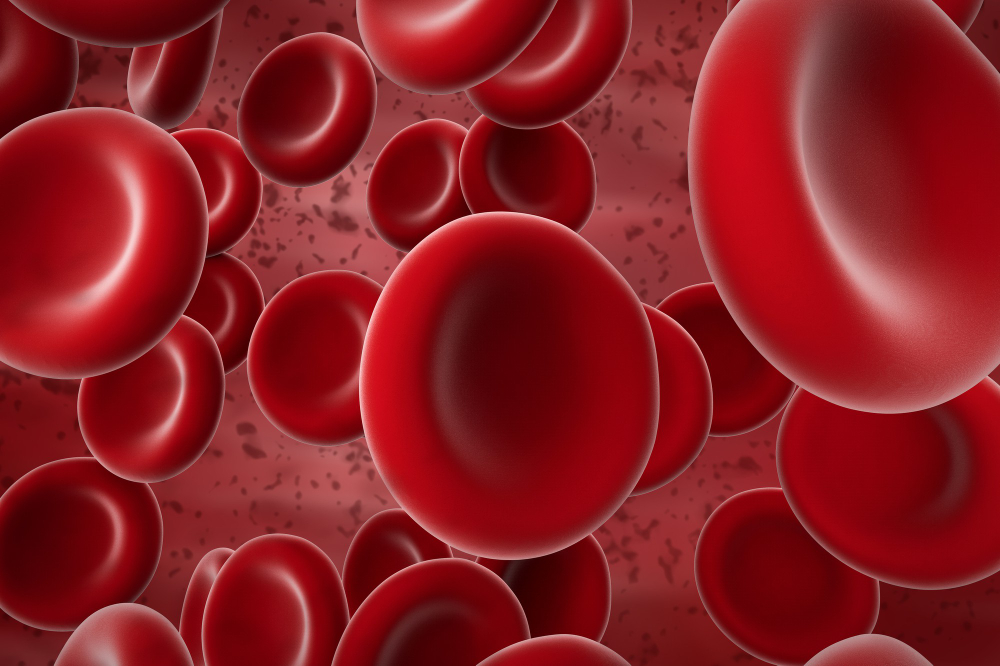Introduction
Thalassemia is a blood disorder that affects how your body makes hemoglobin. Hemoglobin is the part of red blood cells that carries oxygen. Many people wonder about the types of Thalassemia and the causes of Thalassemia. In this blog, you will learn what Thalassemia is, why it happens, and the different types. Understanding this condition can help you or your loved ones manage it better.
What is Thalassemia?
Thalassemia is an inherited blood disorder. This means it is passed from parents to children through genes. Because of Thalassemia, the body makes less hemoglobin or makes it in an abnormal way. As a result, red blood cells do not work well. This can cause anemia, which means you have fewer healthy red blood cells. Anemia can make you feel tired, weak, or short of breath. In some cases, people may need regular blood transfusions to stay healthy.
Although Thalassemia is found worldwide, it is more common in people from South Asia, the Middle East, Africa, and the Mediterranean region. According to the World Health Organization (WHO), millions of people carry the gene for Thalassemia.
Causes of Thalassemia
Thalassemia is caused by changes, or mutations, in the genes that control hemoglobin production. These gene changes are inherited from one or both parents. If both parents carry the gene, the child has a higher risk of having a more severe form of Thalassemia.
Here is how Thalassemia is passed on:
Because Thalassemia is genetic, it cannot be caught or spread like an infection. Instead, it is present from birth.
Types of Thalassemia
There are several types of Thalassemia. The two main types are Alpha Thalassemia and Beta Thalassemia. Each type depends on which part of the hemoglobin gene is affected. Let’s look at them in detail:
Alpha Thalassemia
Alpha Thalassemia happens when there are problems with the alpha globin genes. People can have mild or severe symptoms, depending on how many genes are affected. For example, if only one gene is changed, there may be no symptoms. If more genes are changed, symptoms can be more serious.
Beta Thalassemia
Beta Thalassemia is caused by changes in the beta globin genes. Like Alpha Thalassemia, symptoms can range from mild to severe. The main types include:
Because symptoms can vary, it is important to get tested if Thalassemia runs in your family. Early diagnosis helps manage the condition better.
Summary
In short, Thalassemia is a genetic blood disorder that affects hemoglobin. It is caused by changes in genes passed from parents. There are different types of Thalassemia, and symptoms can be mild or severe. Although it is more common in some regions, anyone can be affected. With proper care, people with Thalassemia can lead healthy lives.
When to Seek Help
If you or your child has symptoms like tiredness, pale skin, or slow growth, talk to your doctor. Early testing and treatment can make a big difference. For more information, you can visit trusted sources like the World Health Organization (WHO) or the Centers for Disease Control and Prevention (CDC).
Consult a hematologist for personalized advice about Thalassemia.
